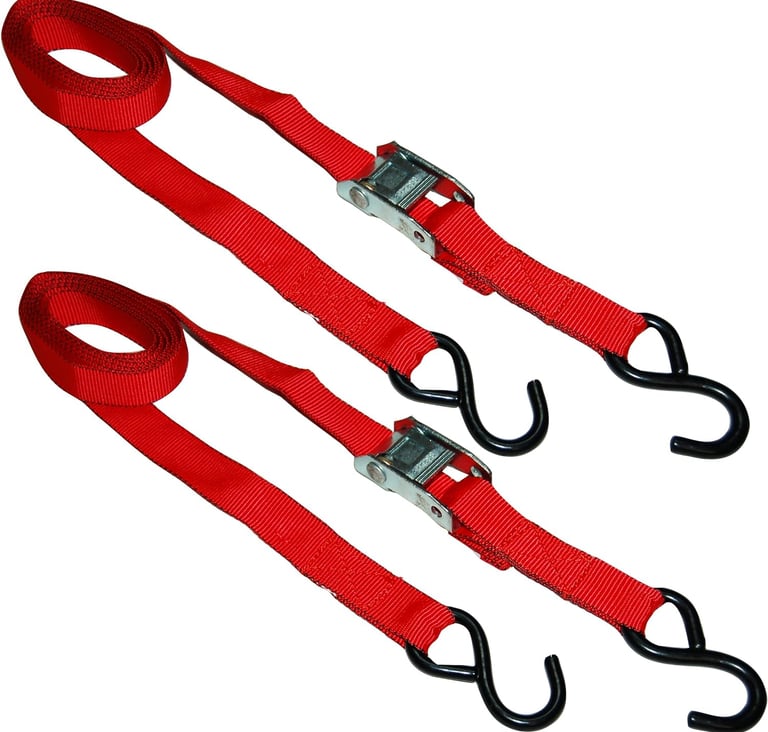How to Properly Tie Down a Car on a Trailer and Secure an Electric RV Awning
How to Properly Tie Down a Car


Introduction
Tying down a car on a trailer and securing an electric RV awning are essential steps to ensure the safety and stability of your vehicle and equipment during transportation. Whether you're moving a car or using an RV, proper tie-down techniques are crucial to prevent accidents and damage. In this article, we will guide you through the process of tying down a car on a trailer and securing an electric RV awning.
1. Tying Down a Car on a Trailer
Transporting a car on a trailer requires careful attention to detail. Follow these steps to securely tie down your car:
A. Positioning the Car
Ensure that the car is centered on the trailer and aligned with the trailer's axles. This will help distribute the weight evenly and maintain balance during transportation.
B. Using Wheel Straps or Tie-Down Chains
Wheel straps or tie-down chains are the most common methods to secure a car on a trailer. Here's how to use them:
i. Attach the wheel straps or chains to the trailer's tie-down points or D-rings. Make sure the straps or chains are in good condition and have the appropriate load capacity for your vehicle.
ii. Place the wheel straps or chains over the car's tires, ensuring they are snug but not overly tight. Avoid placing them over any suspension components or brake lines.
iii. Tighten the straps or chains using a ratchet or tensioning device. Ensure that the tension is evenly distributed between the straps or chains on each side of the car.
C. Additional Safety Measures
In addition to using wheel straps or tie-down chains, consider using additional safety measures such as:
i. Securing the car's doors and windows to prevent them from opening during transportation.
ii. Placing a protective cover over the car to protect it from debris and weather conditions.
iii. Checking the tire pressure and ensuring the brakes are properly engaged.
2. Securing an Electric RV Awning
An electric RV awning provides shade and protection from the elements. When traveling, it's important to secure the awning properly to prevent damage. Follow these steps:
A. Retracting the Awning
Before securing the awning, retract it fully into its housing. This will prevent it from catching wind or getting damaged during transportation.
B. Using Ratchet Tie-Down Straps
Ratchet tie-down straps are commonly used to secure RV awnings. Here's how to use them:
i. Position the ratchet tie-down straps on each end of the awning, ensuring they are securely attached to the RV's frame or other stable points.
ii. Extend the straps and attach the hooks to the awning's roller tube or other suitable attachment points.
iii. Use the ratchet mechanism to tighten the straps, ensuring they are taut but not overly tight. This will prevent the awning from flapping or coming loose during transportation.
C. Additional Safety Measures
Consider taking the following additional safety measures to protect your RV awning:
i. Use awning locks or braces to prevent the awning from unfurling accidentally.
ii. Check the awning fabric for any tears or damage before retracting it for transportation.
iii. Inspect the awning hardware regularly and tighten any loose bolts or screws.
Conclusion
Tying down a car on a trailer and securing an electric RV awning are essential steps to ensure safe and worry-free transportation. By following the proper techniques outlined in this article, you can protect your vehicle and equipment from damage and ensure a smooth journey. Remember to always prioritize safety and double-check your tie-downs before hitting the road.


